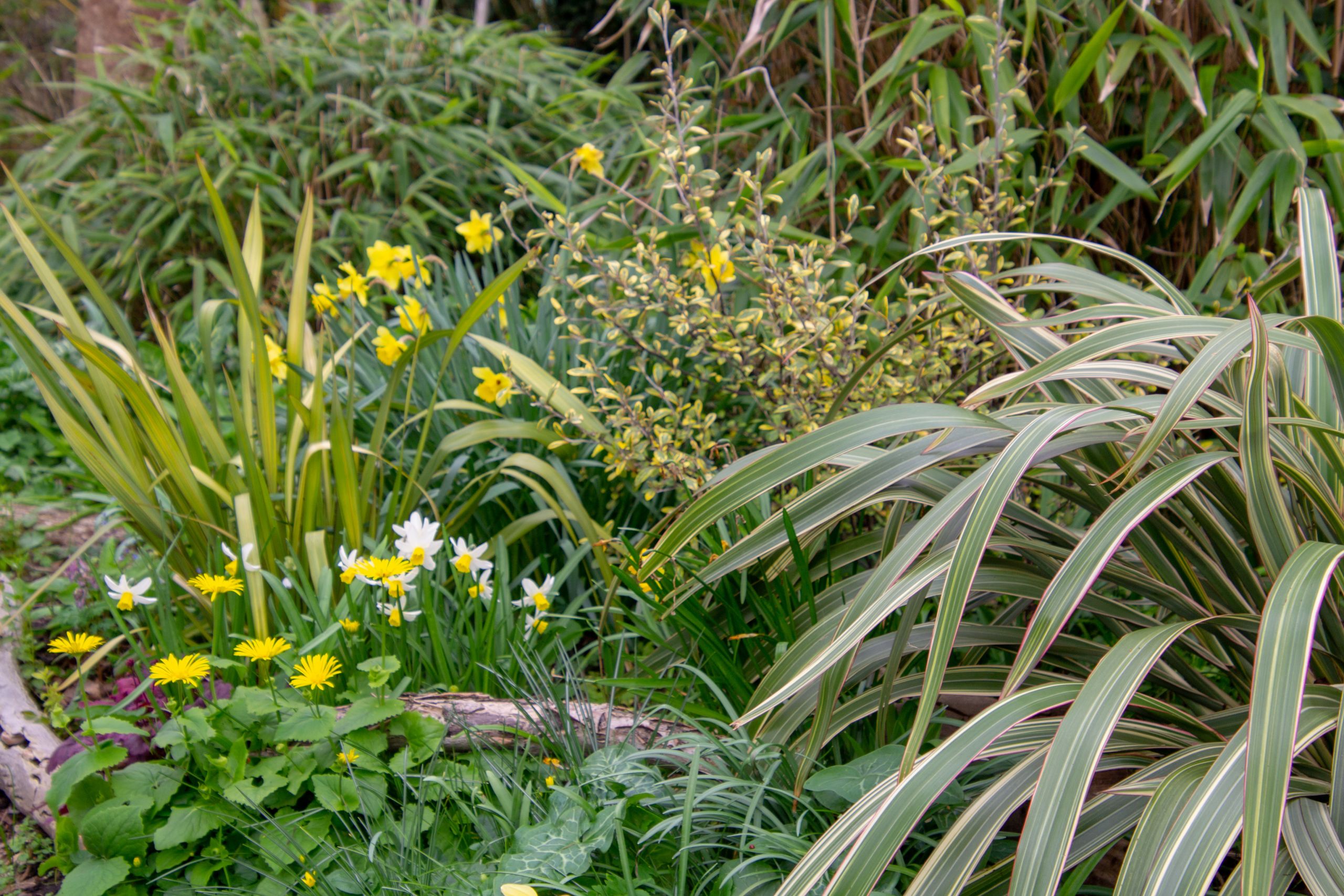Wolfson S&C Stories
Conserving Nature and Biodiversity spotlight
Wolfson Science and the Lee Pineapple Story

On this page is the theme spotlight for...
Conserving Nature and Biodiversity
Return to the theme page here.
Wolfson Science and the Lee Pineapple Story - written by Anna Snowdon
A story of a chance meeting, leading to scientific research, enabling the control of a field disease of pineapple fruit
In 1973, when Wolfson was in its first decade and was still called University College, a Singaporean student, Fiona Lee, applied to pursue her studies here. Fiona was delivered to College by her parents, Mr and Mrs Lee Seng Tee, and they were received and welcomed by the then senior college tutor Dr Peter Lowings, who was also lecturer in Plant Pathology in the University Department of Applied Biology.
Having ensured the safe arrival of their daughter, Mr and Mrs Lee prepared to return to Singapore, and Peter Lowings offered to drive them to Cambridge station. During this brief car journey it transpired that Mr Lee owned large pineapple plantations in Malaysia (in the southern state of Johore), but he was greatly concerned because of an aggressive field disease which appeared in a substantial proportion of the crop just before harvest. The fast-developing symptoms provided the descriptive name of "pineapple fruit collapse" or "ghost fruit", and in some years losses were catastrophic.
Peter, being a plant pathologist, immediately offered to oversee an investigation into the disease, and in due course it was arranged that a Malaysian research student, Lim Weng Hee, would investigate the problem, working partly in Malaysia at the Agricultural Research and Development Institute, MARDI, and partly in Cambridge in the Department of Applied Biology. He became a member of College, and was financed by a Wolfson studentship funded by the Lee Pineapple Company.
During his three-year PhD project in the 1970s, Lim identified the causal bacterium as Erwinia chrysanthemi pv. ananas, establishing the fact that this strain attacks only pineapples. He demonstrated that infection occurs primarily through the open flowers via the style, and that the bacteria then remain quiescent in the fruitlets (pineapple being a compound fruit) for about two months. Symptoms become apparent two to three weeks before harvest, when infected fruits undergo rapid rotting and collapse. Lim found that rain at flowering time is conducive to infection, and that the bacteria are transmitted in the field by two species of ant which visit the flowers in search of nectar.
Spraying the crop with insecticides or bactericides proved ineffective, and it was found that the ants could be better controlled by means of an ant bait, together with a contact insecticide sprayed on the ground between plants. Further important control measures include the use of carefully timed sprays of ethephon (Ethrel), used both to synchronise flowering at 120-day intervals and, subsequently, to suppress flower opening so that ants cannot enter.
The planting of disease-resistant cultivars is limited by the fact that Malaysian pineapples are grown chiefly for canning, and so fruit shape is critical (the fruits must be cylindrical rather than bulbous).
Already by the 1970s when Lim was doing his research, Malaysia had 16,000 hectares devoted to the canning pineapple, making it the world's third largest producer after the US and Taiwan. Whereas the predominant cultivar in Malaysia was the Singapore Spanish or its improved form Masmerah (both highly susceptible to fruit collapse), Lim recommended changing to Smooth Cayenne or its close derivative Sarawak, because of their significant disease resistance. Lim’s thesis was submitted in 1977, entitled “Studies on the etiology, epidemiology, ecology and control of pineapple fruit collapse”.
In 1979 a paper by Lim & Lowings was published in the American journal Plant Disease Reporter, entitled “Pineapple fruit collapse in peninsular Malaysia: symptoms and varietal susceptibility”.
Following on from the work of Lim Weng Hee, two further Malaysian research students continued the investigation into various aspects of pineapple production, likewise dividing their time between MARDI and Cambridge.
Tay Tian Hock concentrated on the fact that in Malaysia, in contrast to all other pineapple-producing countries, the crop is grown on peat soil, which must be cleared, drained and appropriately fertilised.
Tay’s thesis, submitted in 1980, was entitled “Some effects of water table and potassium levels on pineapple grown on Malaysian peat”. Lee Soo Ann worked on the control of lalang, the most troublesome weed in South East Asia, and especially important on newly cleared peat swamp forest. Lee’s thesis, submitted in 1983, was entitled “Control of Imperata cylindrica (L.) Beauv.”
Meanwhile Mr Lee Seng Tee had been so delighted with the initial results of the pineapple research, enabling his plantation managers to control the fruit disease and halt the losses, that he forged a close relationship with Wolfson College, donating works of art and such large sums of money that the College was able to proceed with ambitious building plans.
The Lee Seng Tee Hall (flanked by the Betty Wu Lee Garden dedicated to Mr Lee's wife) and the magnificent Library are testament to Lee Seng Tee's generosity.
All this arose from collaboration between a businessman with a problem and a scientist who believed that it could be solved. The exchange of information during that brief car-ride to the station has had extraordinary consequences.
Mr Lee has remained involved with Wolfson College ever since, as a benefactor and Honorary Fellow of the College.
Wolfson College provides a perfect environment for the serendipitous exchange of knowledge, such is the diversity of its members and their research topics.
Afterword
This story was related on the occasion of the first Wolfson Science Day, and the account appeared in the Wolfson College Magazine No. 31 (2006-2007) pp. 70-71.
The author is Dr Anna Snowdon, who was a research student of Dr Peter Lowings. She was studying disease problems of Cyprus carrots but remembers the Malaysian pineapple students working in the Cambridge Department of Applied Biology.
By coincidence, before coming to Cambridge she had spent two years in Malaysia with Voluntary Service Overseas, as a lecturer in the College of Agriculture (now Universiti Putra Malaysia) and after fifty years is still in touch with several of the students she taught there. Some became plantation managers, so it would not be surprising if one or more of her students ended up working in one of Lee's pineapple plantations.
Updated: July 2021
Return to the theme page here.

Sustainability and Conservation Hub
@ Wolfson
The Wolfson College Sustainability & Conservation Interdisciplinary Research Hub brings together our international Fellows, students and others to inform and educate, to improve our understanding, and generate impactful solutions to fight the destruction of the natural world.
Share this webpage with anyone who might have a S&C story to share (keep scrolling for form), or click the Facebook or Twitter buttons in the header, or share the form directly: https://wolfsoncollegecam.wufoo.com/forms/zmhj1hp1wn4iw4/
See our latest events and activities on our Hub website, and join our group on Wolfson Connect (available for all alumni and members) for updates.

If you would like to see your journey represented...


Copyright 2018 Wolfson College, Barton Road, Cambridge CB3 9BB Tel: +44 (0)1223 335900 | Registered Charity Number 1138143 | VAT Registration Number 195 8858 32









